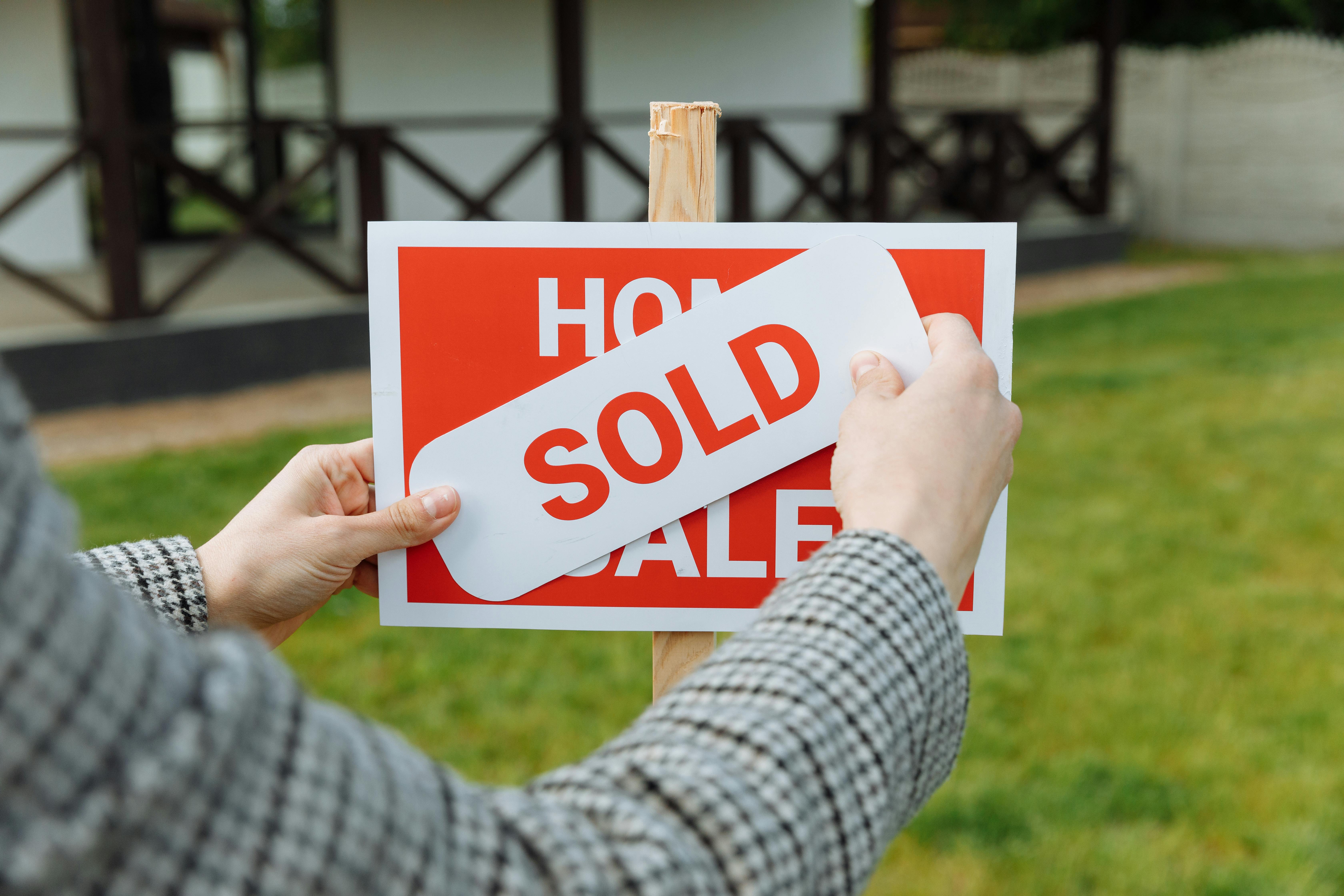Now the fear - because of these wiped out highways in the interior - and with the bottleneck over the Malahat, there is a rumour circulating that we will have a major gas shortage!
Let's be clear - there will be supply chain stresses, but given the routing of major pipelines and truck routes, here on the island, there would be little reason to expect a major fuel shortage. That is, we may witness constant demand for fuel, and a slight decrease in the ability to supply, which would be reflected in a small period of excess demand which would be corrected with an increased price. (below)
But let's look at the power of expectations!
Presume, for a second that the above scenario is purely rumoured, and that in reality we are so well stocked, and supply chains are so robust that the effect of this weather event is marginal and will have no real impact on fuel markets. If the above scenario is false, but people expect there to be a shortage, they will act as if there is a shortage.
Some people legitimately need gas today. Others will be fine to wait till tomorrow, others are fine to wait 3 or 4 days or more. But, if everyone now believes that a fuel shortage is imminent, they believe that if they wait they will either (A) not be able to get gas because none will be left, or (B) have to pay more for the same gas compared to today.
So what does a rational individual do? they rush to buy gas today to ensure they can get the gas! Unfortunately, everyone does this causing a spike in the quantity of gas demanded. So now, in one day we witness, say, 4 days' worth of gas demand accumulating at once! (below).
Keep in mind, what was initially a, relatively, tiny amount of excess demand in the imagined shortage case, in now a large excess demand due to this "run" on gas stations. In this case, many gas stations may not have the excess inventory on hand to meet such a surge in demand, causing the shortage to become increasingly apparent, and reinforcing people's expectations that there is in fact a gas shortage. I first heard rumour of this gas shortage at 11:00 am. by 3:00pm 2/5 gas stations I passed were sold out of gas, the remainder had line ups extending for blocks. Keep in mind, this is the same day - so this shortage is not caused by supply chain troubles, but purely due to a surge in demand due to expectations!In this scenario - we imagined that the gas shortage was entirely fictitious, but believed by the masses. we now see that simple belief or expectation can create a shortage thereby reinforcing our prior belief - we have just created a self-fulfilling prophecy! forcing a shortage of fuel, ultimately resulting in a spike in the price.
What happens if the fuel shortage was not fictitious, but rather starts as a rumour and proves to be a true supply shortage?
Then we get both scenarios playing out in tandem resulting in a case of large excess demand, forcing mass shortages and causing the biggest increase in the price (below).
The above case is the likely outcome. That is, we are likely expecting a slight shortage, due to supply chain problems caused by weather. Our reaction to this will cause a surge in demand, we will likely witness a large shortage causing a large boost in price.
The best-case scenario is if everyone went about getting gas as if nothing was going to happen. If this occurred, we would only witness an outcome like we saw in scenario one, with a slight shortage and a slight bump in price. The problem is that everyone who was planning to get gas on days 2, 3 or 4 would be worse off versus just getting gas today - worse off because they would pay a marginally higher price. Thus, everyone acts today, creating a shortage, and creating a drastic boost in the price for everyone.
Thoughts? Feel free to comment below.













